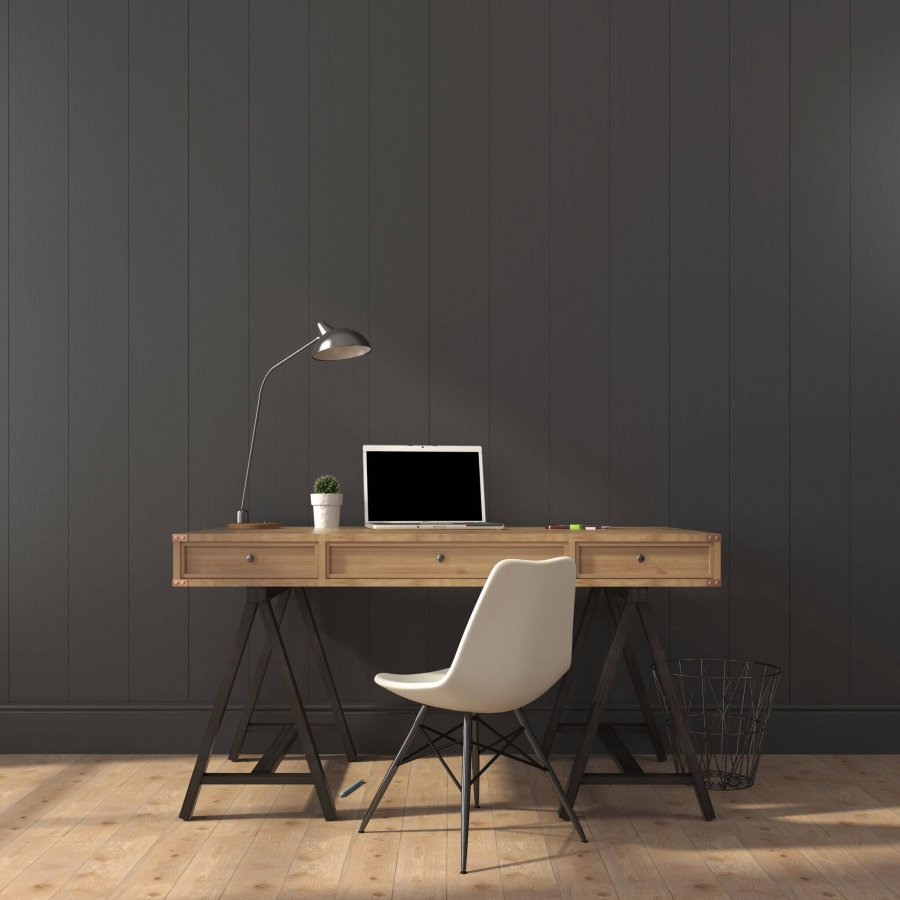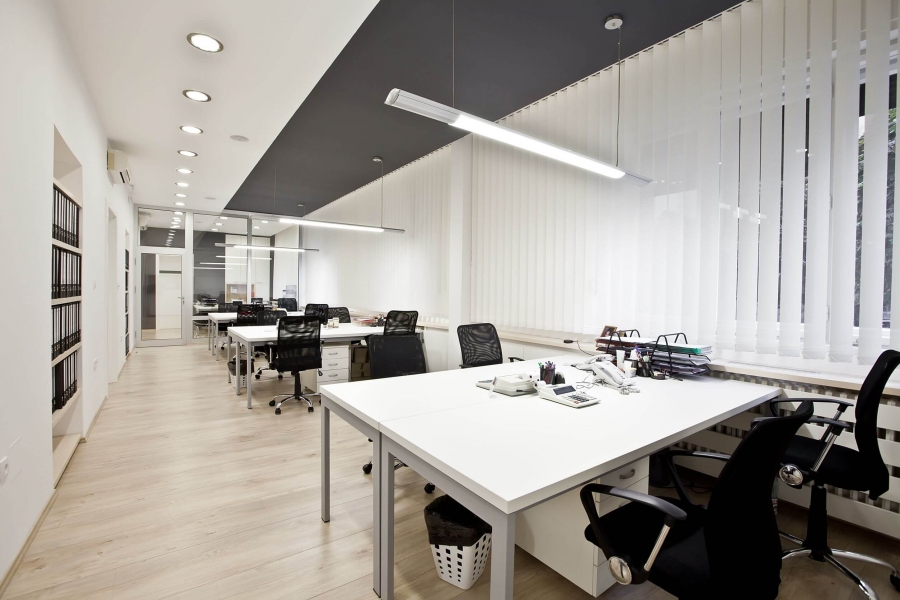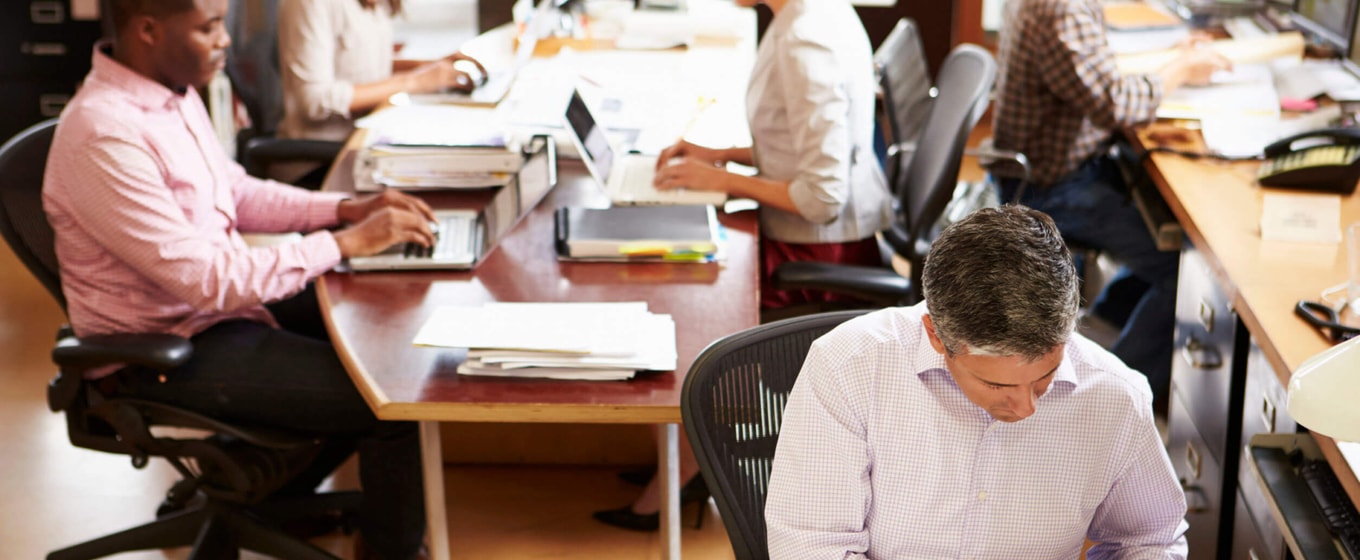So you've decided it's time to move into permanent offices. Well, congratulations on meeting that all-important milestone!
What kind of office does your business need?
When choosing where you'll go, you should think about the nature and needs of your business, and whether your budget can stretch to that office location you've got your eye on. If you've currently got a home-based business and you're expanding, you'll need a more professional location where you can welcome clients and suppliers, and have much more space for your employees or to store stock.
However, this all comes at additional costs in terms of rent, insurance, utilities and transport. You’ll need to balance these costs against the added value you think permanent offices will bring to your business. It can be a major leap when it comes to finances, so if you're not quite ready there are alternatives.
Rather than going straight from your home to permanent offices, it might be worth considering interim measures such as a short office lease, moving into a co-working space, or hiring meeting spaces by the hour as and when you need them.

If you can't afford a new office right now, think about the alternatives?
How do you plan for growth and office space?
When you think about future growth, you need to consider what that will mean in terms of your staffing levels. If you plan to sell more products or services, will you need more sales staff, more technical staff or more customer service staff, for example?
Also, the speed of your growth is also essential in planning for the type of premises you'll need. If it's gradual, you might not need a big, new office. If, however, you're going on a recruitment drive, then you'll need to ensure there's room for all of your new recruits.
How do you decide where to buy office space?
When you’re buying office space, location can make a big difference. As with all markets, the most popular office locations will command higher costs, so you’ll first have to consider what your business can afford.
When considering an office location think about the practical impact it’ll have on your business. If you have employees, think about how they’ll get there and whether it’ll provide a positive working environment. Are there good road or public transport links and places to get lunch, for example? This sort of thing can have a real impact on your employee / office morale and might even impact staff turnover.
Think about the impression your location will have on clients and business contacts when they visit. You should also consider the availability of important services such as fast broadband, telephone, heating and security.

Get your it right to help grow your business.
What should my office look like?
The design and decor of your office depends on who'll see it and what kind of impression you’re trying to make.
Employees, for example, will be more motivated and productive in a pleasant working environment. Simple things like clean windows to let in the daylight and a tidy environment can make a difference to productivity and to people's wellbeing.
If you have clients or customers visiting your office, it should reflect your branding. Vibrant colours and murals on the wall might suit a media or advertising business while a calmer, more traditional look might better suit a law firm, for example.
The layout of your office should be tailored to the needs and processes of your business, maximizing on efficiency and avoiding any unnecessary difficulties for staff. If employees regularly need to discuss sales, for example, it might make sense if they sit near each other. If an administrator needs to visit the photocopier more than anyone else, putting them on the opposite side of the office could be wasting a lot of their working time.
Conversely, you could design your layout to encourage employees to move around, promoting spontaneous communication as a way of boosting creativity and problem solving. It all comes down to the type of business you run.






These cookies are set by a range of social media services that we have added to the site to enable you to share our content with your friends and networks. They are capable of tracking your browser across other sites and building up a profile of your interests. This may impact the content and messages you see on other websites you visit.
If you do not allow these cookies you may not be able to use or see these sharing tools.